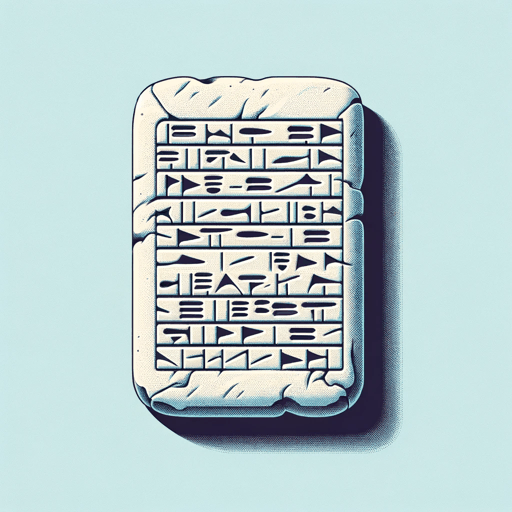47 pages • 1 hour read
George Samuel ClasonThe Richest Man in Babylon
Nonfiction | Book | Adult | Published in 1926A modern alternative to SparkNotes and CliffsNotes, SuperSummary offers high-quality Study Guides with detailed chapter summaries and analysis of major themes, characters, and more.
Chapter 10Chapter Summaries & Analyses
Chapter 10 Summary: “The Clay Tablets from Babylon”
This chapter begins with a 1934 letter addressed to a Professor Franklin Caldwell, who is on a “British Scientific Expedition” in “Mesopotamia” (75). The letter informs Professor Caldwell that the clay tablets he has sent to Britain are in good condition and are being carefully studied. The letter reports that the tablets’ writing is about “the problem of a person called Dabasir to pay off his debts” (75). The writer is amazed at this information and how relatable Dabasir’s problems are to modern people. He admits to the professor that he also has issues with debt and will try to follow Dabasir’s plan to reduce his debt and become more financially stable. The letter is signed by Alfred H. Shrewsbury, a fictitious archaeologist. At the end of the letter, Clason reveals the translations of the Babylonian tablets in the letter.
On the first tablet, Dabasir recounts how he recently returned to Babylon from his period of enslavement in Syria. He shares how motivated he now is to follow his friend Mathon’s advice to get out of debt and “into means and self-respect” (76). He describes the first details of his plan: saving 10% of his income and spending 70% of his income on his life necessities.

